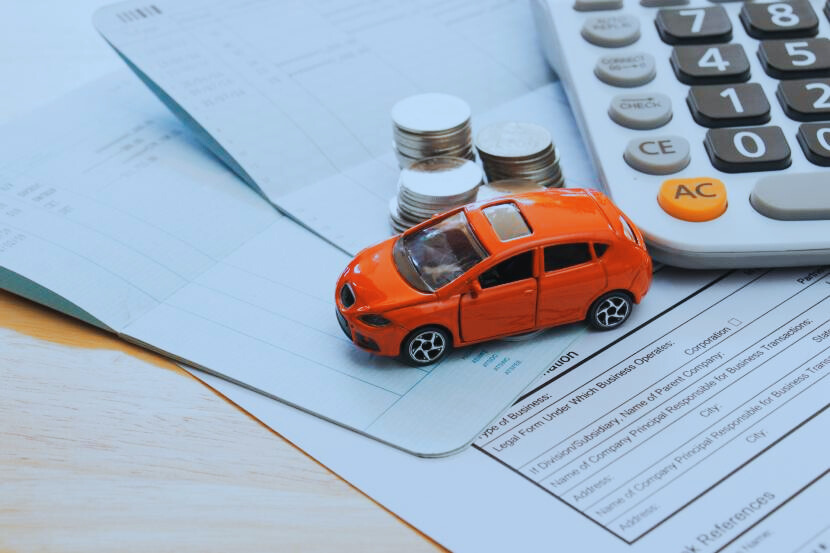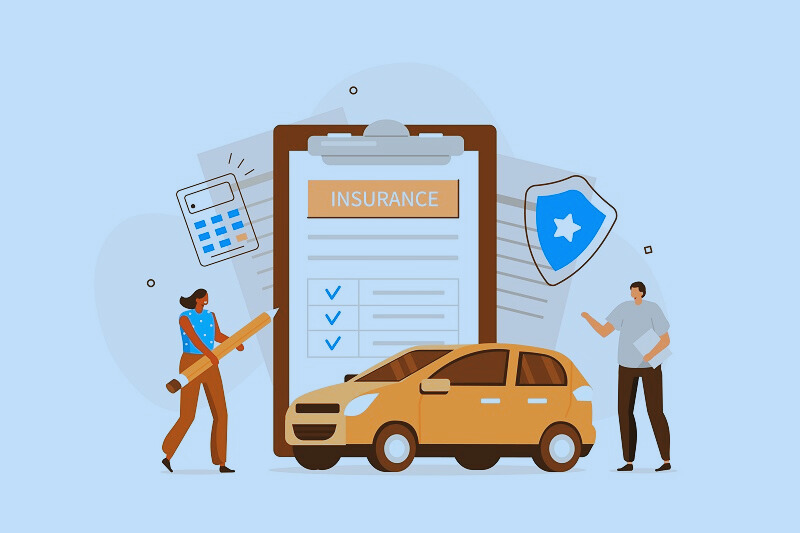Car insurance is necessary coverage for anyone who owns a vehicle, offering financial protection in the event of accidents, theft, or other unexpected incidents. However, the various elements of an insurance policy can sometimes be confusing, especially for those unfamiliar with the industry.
One of the most critical components of any insurance policy is the premium, as it directly affects the overall cost of coverage. Understanding what a premium is and how it works is essential for ensuring you’re not overpaying for coverage. This article will explain what is a premium in car insurance, explore the factors that influence it, and offer tips on how to manage it effectively to suit your budget and needs.
What Is a Premium in Car Insurance?
A premium in car insurance refers to the amount of money a policyholder pays to an insurance company in exchange for coverage. It’s a recurring payment made to your insurance provider, typically on a monthly, quarterly, or annual basis. This payment ensures that you have financial protection in case of accidents, theft, or other covered events involving your car. Without paying the premium, your policy will lapse, and you’ll lose the coverage, leaving you personally responsible for any damages or liabilities.
Premiums are determined by various factors, such as your driving record, the type of car you own, and the level of coverage you select. Different policies may have different premiums based on the associated risks, and understanding how these factors affect the premium helps you make more informed decisions about your insurance.
Factors That Affect Car Insurance Premiums
Car insurance premiums vary significantly from person to person, as insurers consider several factors when determining how much to charge. Some of the most common factors include:
Age and Gender
Younger drivers, especially those under 25, often face higher premiums due to their perceived higher risk of accidents. Similarly, statistical trends sometimes lead insurers to charge different premiums based on gender, as risk profiles differ across age groups and between men and women.
Driving Record
Drivers with a history of traffic violations, accidents, or claims generally pay higher premiums as they represent a higher risk to insure. Insurance companies view past driving behavior as an indicator of future risk, leading to increased premiums for those with such records.
Vehicle Type
The make, model, and year of the vehicle play a big role in premium calculation. More expensive vehicles or those with higher repair costs often carry higher premiums due to their increased risk of costly claims or theft.
Location
Where you live also affects premiums, with urban areas generally having higher rates than rural areas due to higher traffic density and accident risks. Insurers also consider local crime rates and weather conditions, which can contribute to higher claims in certain regions.
Coverage Type
The type of coverage you choose, such as comprehensive or liability-only, will impact your premium. Policies with broader coverage offer greater financial protection but also result in higher premiums due to the increased level of risk assumed by the insurer.

How Premiums Are Calculated
Insurance companies use formulas and risk assessments to calculate premiums. The process begins with underwriting, where the insurer evaluates how likely it is that a driver will file a claim. This is based on the factors mentioned earlier, such as the driver’s history, the vehicle, and even credit scores in some cases.
Insurance companies assign a certain level of risk to each policyholder. If you’re deemed a high-risk driver (e.g., someone with a poor driving record or a history of claims), your premium will be higher. On the other hand, a clean driving history and a lower-risk profile often result in lower premiums. While the exact methods used for calculation can vary between insurers, the goal remains the same – setting a premium that reflects the level of risk the insurer is taking on.
Different Types of Car Insurance Premiums
Car insurance premiums aren’t a one-size-fits-all concept. Depending on the level of coverage, the premium structure can vary. The most common types of premiums are:
- Liability premiums – this type covers damages you may cause to others in an accident. It’s generally required by law in most states and represents the minimum level of coverage.
- Comprehensive and collision premiums – these cover damages to your vehicle in accidents, as well as non-accident-related incidents like theft or natural disasters. Comprehensive and collision premiums are usually higher because they provide broader coverage.
- Uninsured motorist premiums – this protects you in the event that you’re in an accident caused by a driver who doesn’t have insurance. It’s an additional premium that provides extra protection.
Common Exclusions in Car Insurance
While car insurance covers many incidents, certain situations are excluded from standard policies. Exclusions often include damage caused by illegal activities, intentional harm, or using the vehicle for commercial purposes without proper coverage.
Additionally, normal wear and tear, mechanical breakdowns, and damage from natural disasters like floods may not be covered unless you have specific policies in place, such as comprehensive coverage. Understanding these exclusions can help you avoid unexpected out-of-pocket expenses in the event of a claim.
Ways to Lower Your Car Insurance Premium
While you may not have control over all factors affecting your car insurance premium, there are several steps you can take to lower your car premium:
Safe driving discounts
Many insurers offer discounts to drivers who maintain a clean driving record. This can include being accident-free or avoiding traffic violations for a certain period, rewarding safe driving habits with reduced premiums over time.
Bundling policies
Combining your car insurance with other policies, such as homeowners or renters insurance, can lead to lower premiums. Insurers often reward policyholders for consolidating their coverage by offering multi-policy discounts, saving you money across all types of insurance.
Increasing deductibles
A higher car insurance deductible lowers the premium by transferring more financial responsibility to the policyholder in the event of a claim. However, it’s important to assess your financial situation carefully, as a higher deductible means you’ll pay more out-of-pocket if you need to file a claim.
Usage-based insurance
Some insurers offer policies that calculate premiums based on how much you drive. If you drive less than average, a usage-based policy could save you money by charging you only for the miles you actually drive rather than a flat rate.

Why Premiums Vary Between Insurers
It’s common to find different premiums for the same coverage when looking for car insurance. Premiums vary between insurers due to their own pricing models, risk assessment methods, and competitive positioning. Some insurers may weigh certain factors more heavily than others, leading to higher or lower premiums for individual drivers.
Additionally, the level of customer service, policy features, and benefits offered by different insurers can also affect premiums. Companies that provide more personalized service or extra features, like accident forgiveness or vanishing deductibles, may charge more for their policies.
Conclusion
Understanding what is a premium in car insurance is essential for effectively managing both your coverage and costs. By learning how premiums are calculated and the various factors that influence them, you can make informed decisions about your car insurance policy.
Whether you’re a first-time driver or in the process of renewing your coverage, knowing how to lower your premium and what exclusions to watch for can save you money in the long run. Ultimately, a thorough understanding of premiums not only helps you to understand the complexities of car insurance but also ensures that you secure the best value for your investment.
